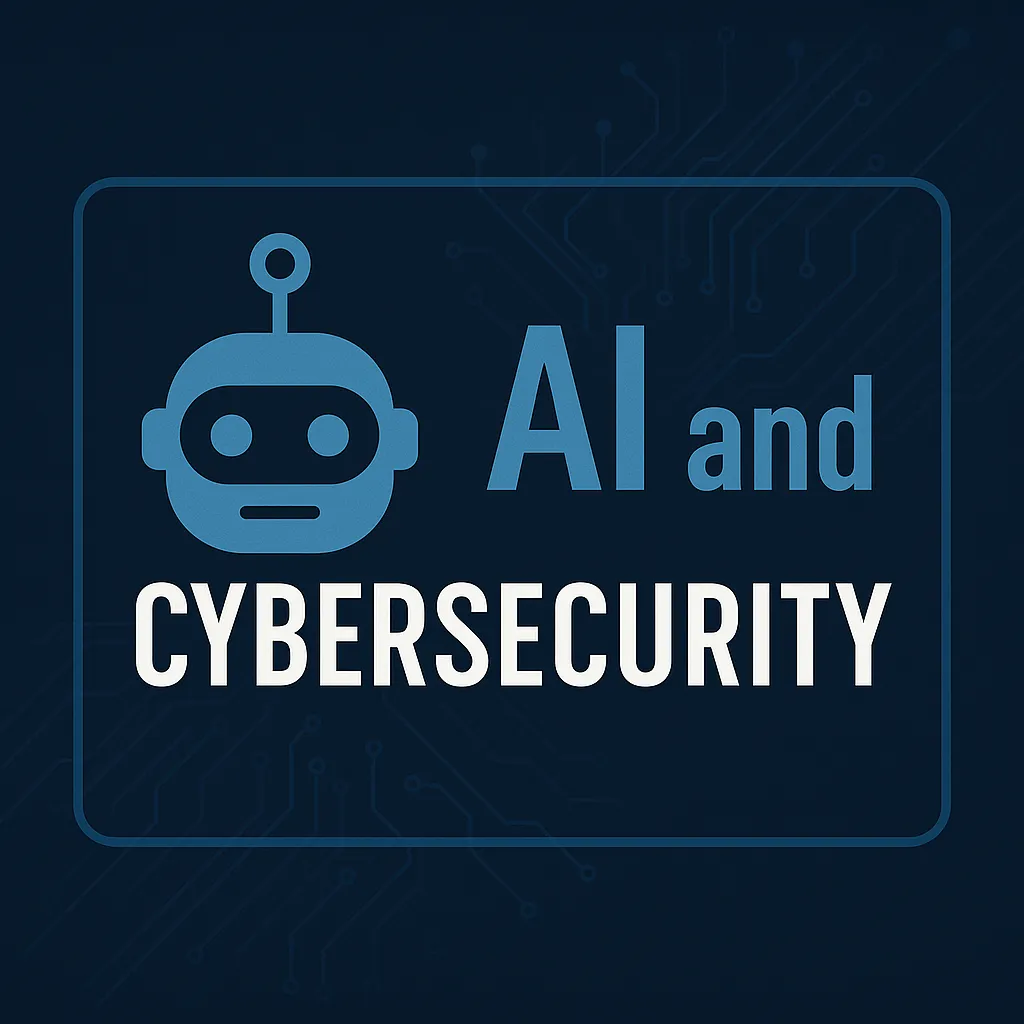The Transformative Role of AI in Cybersecurity
In the rapidly evolving landscape of digital security, artificial intelligence (AI) is emerging as a game-changer. AI-driven technologies are reshaping how organizations protect against, detect, and respond to cyber threats. This article explores the integration of AI into cybersecurity, detailing its benefits, challenges, and real-world applications.
Understanding AI in Cybersecurity
At its core, AI in cybersecurity involves using machine learning algorithms and other AI technologies to analyze massive volumes of data to identify potential threats. According to Sophos, AI-powered systems can monitor, analyze, detect, and respond to cyber threats in real-time. This proactive approach allows for quicker detection and mitigation of risks, significantly reducing the impact on business operations.
How AI Enhances Cybersecurity
Detection and Response
AI systems are adept at recognizing patterns and anomalies that may elude human analysts. IBM notes that AI tools can identify shadow data and monitor abnormalities in data access, providing timely alerts to cybersecurity experts about potential threats (IBM). The ability to rapidly analyze and interpret large datasets enables AI to detect sophisticated cyber threats, such as zero-day exploits, before they cause harm.
Improving Security Operations
The integration of AI into security operations not only streamlines processes but also significantly enhances effectiveness. As mentioned by Excelsior College, AI is vital in advancing threat detection and prevention, transforming security management practices.
Challenges of AI in Cybersecurity
Despite its advantages, the application of AI in cybersecurity is not without challenges. One of the primary concerns is the risk of AI being used by malicious actors to develop sophisticated attacks that are harder to detect. Additionally, the reliance on AI could lead to complacency, where the nuance of human judgment is undervalued.
Real-World Applications and Benefits
Companies across various sectors are embracing AI to enhance cybersecurity. For instance, financial institutions use AI to detect unusual transaction patterns, helping prevent fraud. Healthcare organizations implement AI systems to safeguard sensitive patient data against breaches and unauthorized access.
According to Microsoft Security, AI not only helps in detecting threats but also in automating routine tasks, allowing cybersecurity professionals to focus on strategic security planning and threat mitigation.
Takeaway
The integration of AI into cybersecurity offers promising improvements but also requires careful implementation and ongoing oversight to ensure it complements traditional security measures. As AI capabilities continue to advance, the potential for both protecting and challenging digital security will evolve, necessitating adaptive strategies that blend AI innovation with critical human oversight.

